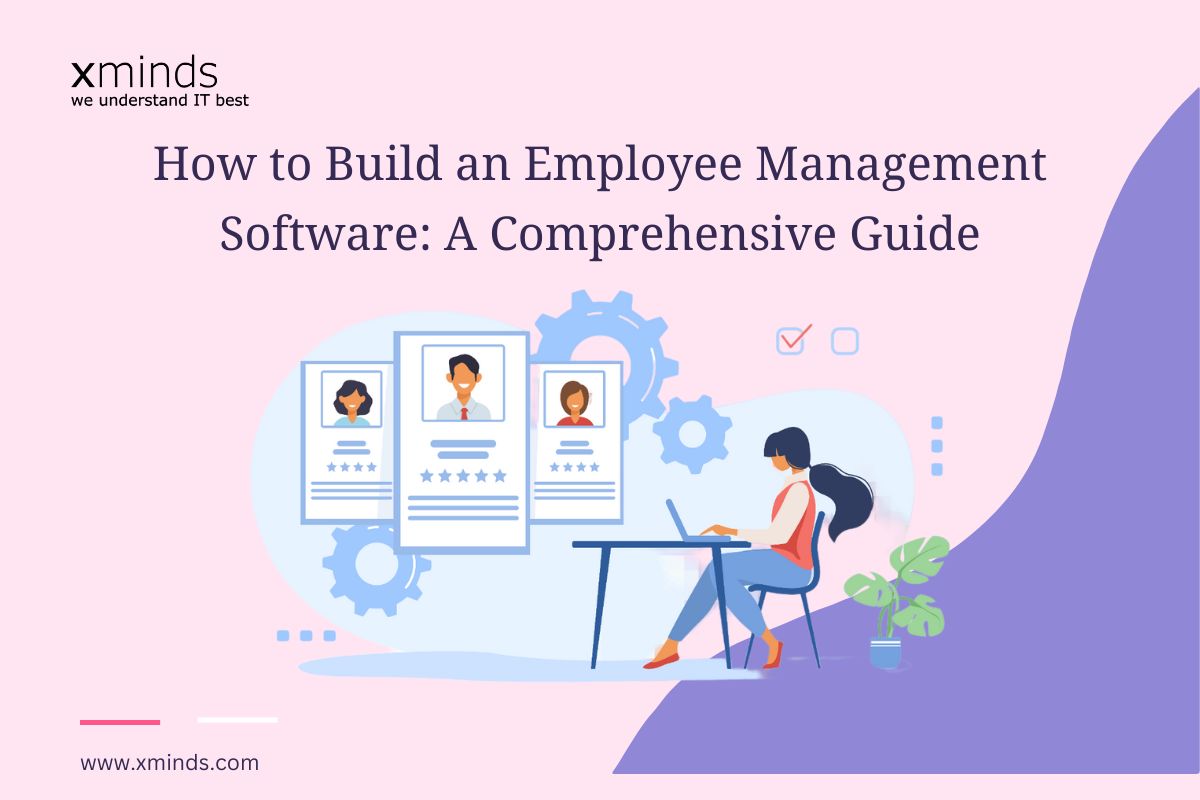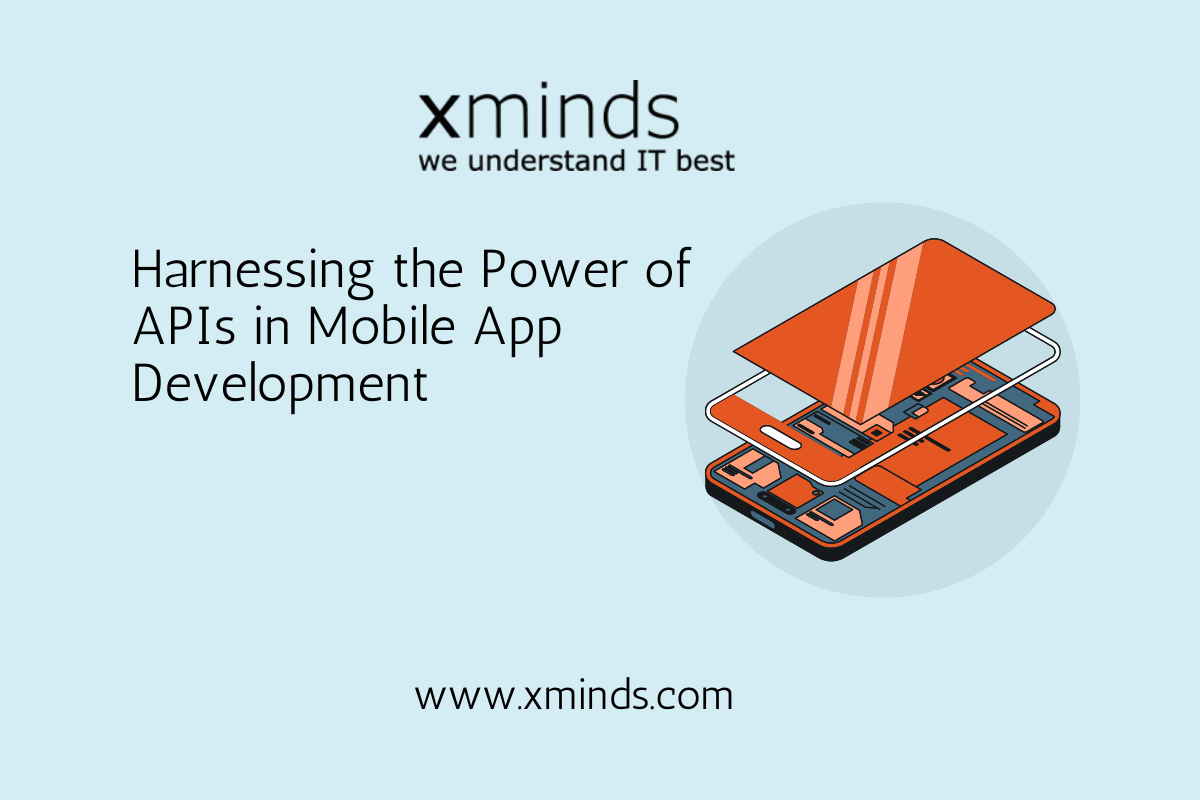How to Build an Employee Management Software: A Comprehensive Guide

In the contemporary, fast-paced business landscape, the demand for highly effective employee management software has reached unprecedented levels. As businesses grow and expand, so does their workforce, and managing employees effectively is essential for overall productivity and success. In this comprehensive guide, we will walk you through the process of building an outstanding employee management software solution that caters to the unique needs of your organization.
Understanding the Importance of Employee Management Software
Employee management software has become an indispensable tool for businesses of all sizes. It streamlines and automates various HR processes, making it easier to manage personnel data, track attendance, handle payroll, evaluate performance, and streamline communication within the organization. By implementing effective employee management software, businesses can enhance productivity, reduce administrative burdens, and foster a positive work environment.
Key Features of an Ideal Employee Management Software
1. User-Friendly Interface
A user-friendly interface is paramount when developing employee management software. The system should be intuitive and easy to navigate, ensuring that HR personnel and employees alike can access and utilize the platform without significant hurdles.
2. Comprehensive Employee Profiles
A top-notch software should offer comprehensive employee profiles, containing essential details such as personal information, job roles, work history, certifications, and performance records. This allows HR managers to gain quick insights into each employee’s journey within the company.
3. Attendance Tracking and Leave Management
Efficient attendance tracking and leave management are critical for maintaining workforce discipline. The software should provide seamless attendance monitoring, along with a leave management system that automates leave requests and approvals.
4. Performance Evaluation and Feedback
An excellent employee management software includes a robust performance evaluation module that facilitates regular assessments, feedback, and goal-setting. This feature empowers employees to grow professionally and contributes to a positive company culture.
5. Payroll Integration
Streamlining payroll processes through software integration eliminates errors and saves valuable time for HR personnel. Ensure the software seamlessly integrates with payroll systems to ensure accurate and timely salary disbursements.
6. Task and Project Management
Enabling task and project management features within the software promotes better collaboration among team members and enhances overall productivity.
7. Data Security and Privacy Measures
The safety of sensitive employee data is of utmost importance. Robust data security measures must be implemented to protect employee information from unauthorized access and cyber threats.
Step-by-Step Guide to Building an Employee Management Software
Now that we have discussed the essential features, let’s delve into the step-by-step guide for building a top-ranking employee management software:
Step 1: Define Your Requirements
Begin by understanding your organization’s specific needs and challenges. Conduct a thorough analysis of your HR processes and identify areas that can be streamlined through software automation.
Step 2: Choose the Right Technology Stack
Selecting the appropriate technology stack is crucial for the software’s success. Opt for reliable programming languages, databases, and frameworks that align with your development goals.
Step 3: Design the User Interface
A visually appealing and user-friendly interface is critical for user adoption. Collaborate with UX/UI designers to create an intuitive layout that enhances user experience.
Step 4: Develop Core Features
Focus on building the core features discussed earlier, including employee profiles, attendance tracking, leave management, and performance evaluation modules.
Step 5: Integrate Payroll and Other Systems
Ensure seamless integration with existing payroll and other relevant systems to facilitate smooth data flow and eliminate manual data entry errors.
Step 6: Implement Security Measures
Employ robust data security measures, such as encryption, multi-factor authentication, and access controls, to safeguard sensitive employee data.
Step 7: Testing and Quality Assurance
Perform rigorous testing and quality assurance to identify and rectify any bugs or glitches before the software’s release.
Step 8: Deployment and Training
Deploy the employee management software across your organization and provide comprehensive training to HR personnel and employees.
Step 9: Gather Feedback and Make Improvements
Continuously gather feedback from users and stakeholders to identify areas of improvement and implement updates accordingly.
Conclusion
A well-designed and feature-rich employee management software can significantly impact an organization’s efficiency and success. By following this comprehensive guide, you can build a robust system that caters to your organization’s unique requirements. Remember, a successful software solution requires continuous refinement and adaptation to meet changing business needs. At Xminds, we take pride in delivering top-notch services for Employee Management Software development that not only meet the highest quality standards but also align with your organization’s goals. Feel free to reach out to us via phone or email if you have any inquiries!
Related articles



